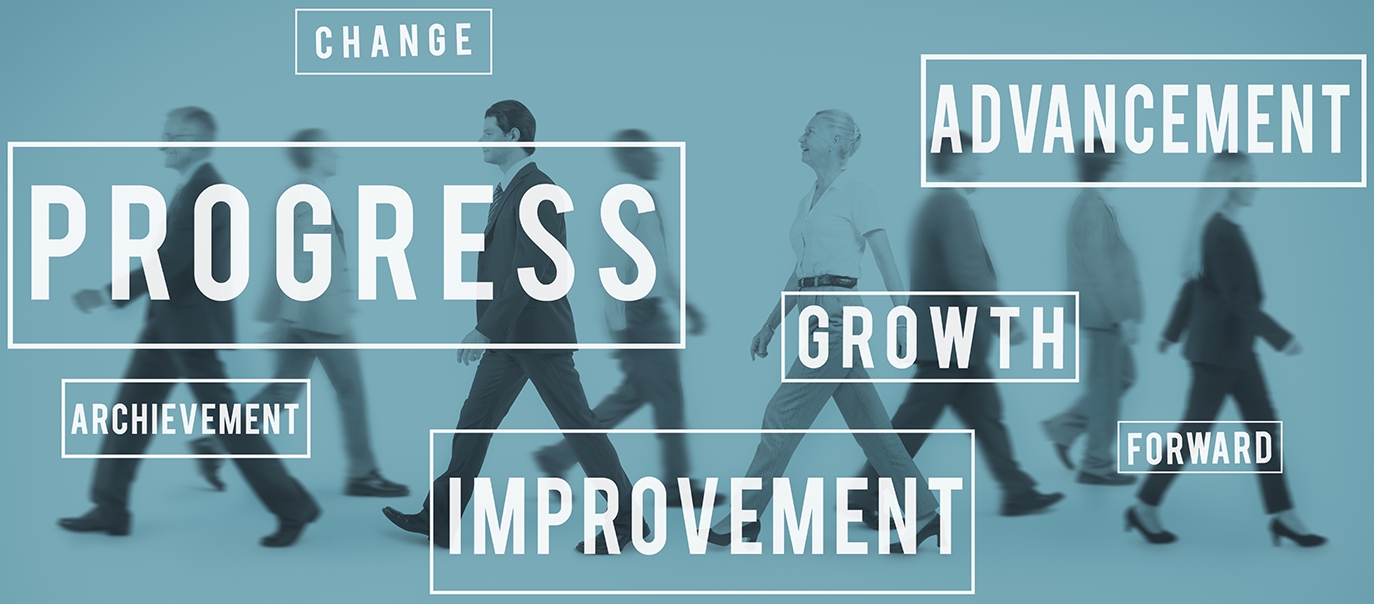If I want to research an item, I often look to Wikipedia for help online.
I had heard about the GROW model, but it was at a postgraduate course in coaching for driver development, held at East London University.
It was here that I began to fully understand its connotations and started to use it in my lessons.
Wikipedia describes the GROW model as a simple method or process for setting goals and solving problems.
It was developed in the UK and used from the late 1980s.
There have been many claims to the authorship of the GROW method.
While no one person can be clearly identified as the originator, Graham Alexander, Alan Fine, and Sir John Whitmore all made significant contributions.
John Whitmore was the first to publish GROW in his book Coaching for Performance (1992), so through the book’s success, GROW became known universally and is now acknowledged globally as the most popular coaching model.
GROW is well-suited to our industry and works well for ADIs to form coaching conversations with clients.
GROW highlights the nature of a problem for coaching purposes.
For a problem to exist in coaching terms, there must be two elements present.
Firstly, there must be something that the client is trying to achieve. The Goal.
Then there must be something stopping them from achieving that goal: barriers or obstacles.
Using GROW automatically breaks a problem down into these component parts.
GROW was influenced by the Inner Game method developed by Timothy Gallwey, a tennis coach who noticed that he could often see what players were doing incorrectly but that simply telling them what they should be doing did not bring about lasting change.
The parallel between Gallwey’s Inner Game method and the GROW method can be illustrated by the example of players who do not keep their eyes on the ball.
Some coaches might give instructions such as: ‘Keep your eye on the ball’, to try to correct this.
The problem with this sort of instruction is that a player will be able to follow it for a short while but may be unable to keep it in mind in the long term.

So, one day, instead of giving an instruction, Gallwey asked players to say ‘bounce’ out loud when the ball bounced and ‘hit’ out loud when they hit the ball.
The result was that the players started to improve, without a lot of effort, because they were keeping their eyes on the ball.
But because of the way the instruction was given they did not have a voice in their heads saying, ‘I must keep my eye on the ball.’
Instead, they were playing a simple game while they were playing tennis.
Once Gallwey saw how play could be improved in this way, he stopped giving instructions and started asking awareness raising questions that would help players discover for themselves what worked and what needed to change.
A good way of thinking about the GROW Model is to think about how you’d plan a journey.
First, you decide where you are going, the Goal.
Then you would establish where you currently are, your current Reality.
You then explore various routes (the Options) to your destination.
In the final step, establishing the Will, you ensure that you’re committed to making the journey, and are prepared for the obstacles that you could meet on the way.
The GROW model is a powerful model for ADIs to use: it’s flexible and it can transcend boundaries of culture, discipline and personality.
As I’m sure you have worked out by now, the GROW model is an acronym standing for (G)oals, (R)eality, (O)ptions and (W)ill, highlighting the four key steps in the implementation of the GROW model.
By working through these four stages, the GROW Model raises an individual’s awareness and understanding of:
- their own aspirations
- their current situation and beliefs
- the possibilities and resources open to them
- the actions they want to take to achieve their personal and professional goals.
There are many questions which the coach could use at any point and part of the skill of the coach is to know which questions to use and in how much detail.

Some suggested questions to ask for each stage:
GOALS:
By setting goals which are inspiring and challenging as well as specific, measurable and achievable in a realistic time frame, the GROW Model successfully promotes confidence and self-motivation, leading to personal satisfaction.
The goal should come from the pupil and not from you as the coach. Your job is to help them achieve that goal.
- What is your ultimate, long-term goal?
- What is important to you now?
- What would you like to get out of the next 60 minutes?
- What areas do you want to work on?
- What will make you feel this time has been well spent?
- How will you know when you have achieved your goal?
- What would you like to happen with ______?
- What result are you trying to achieve?
- What do you want to change?
- What would the benefits be if you achieved this goal?

REALITY:
The key is to take it slowly with your questions and remember it’s not an interrogation.
Let the pupil think about the question and reflect on his or her answers.
Use your listening skills: this is not the time to jump in with immediate solutions or your own opinions.
- Where are you now with your goal?
- On a scale of 1 to 10 where are you?
- What has contributed to your success so far?
- What progress have you made so far?
- What is working well right now?
- What is required of you?
- What is happening now (what, who, when, and how often)? What is the effect or result of this?
- Have you already taken any steps towards your goal
- What do you think is stopping you?
- What did you learn from _____?
- What have you already tried?
- What could you do better this time?

OPTIONS:
- What are your options?
- What could you do differently?
- Which option feels right to you?
- What do you need to stop doing to achieve this goal?
- What obstacles stand in your way?
- What do you think you need to do next?
- What could be your first step?
- What do you think you need to do to get a better result (or closer to your goal)?
- What else could you do?
- Who else might be able to help?
- What has worked for you already? How could you do more of that?
- What is the hardest/most challenging part of that for you?
- What’s the best/worst thing about that option?

WILL or the WAY FORWARD:
This is the last step in the GROW model where the coach checks for commitment and helps establish a clear action plan for the next steps.
- What is your next step?
- When are you going to start?
- How are you going to go about it?
- What do you think you need to do right now?
- Is there anything else you can do?
- On a scale of one to ten how determined are you to succeed?
- What would it take to make it a ten?
- What resources can help you?
- Is there anything missing?
- What one small step will you take now?
- What support do you need to get that done?
- What do you need from me/others to help you achieve this?

Finally, here is an example of the whole process. What the pupil might say is shown in red; what you might choose to say as the coach is in blue.
You could change the questions shown here for some of the others given above.
GOAL:
I want to pass my test next month.
How can we achieve that?
What makes it important to you?
How can we start to help you with that today?
REALITY:
I need more sessions.
I need more time and money.
I need to practise more.
I need to try a mock test.
Maybe I need to wait longer.
Do you have the necessary skills?
What will we need to improve for you to do that?
What will it feel like if you don’t achieve it?
OPTIONS:
Just more lessons in that time?
What might your parents/ the examiner say to you about that right now?
What do you think I might suggest?
What options do you have to practise?
Can you afford it right now?
Will it cost more if you aren’t successful?
The WAY FORWARD:
I don’t know.
I’ll get more practice.
I’ll try harder now I’ve got my test booked.
What do you need to make this happen?
Have you got what you need to achieve it?
What is your first step?
What do you need from me to achieve your goal?
If you haven’t tried the GROW model, why not give it a go in your next lesson?
© Lynne Barrie MA
lynne@lynnebarrie.co.uk
Categories
Get In Touch
Create a free acccount or login
To continue reading this information, you need a free account that can be created in under a minute. Join today or login
Like to be kept informed?
Our free Lite membership delivers newsflashes and weekly roundups directly to your inbox, so you never miss a beat. Or become a Premium member to enjoy the wide-ranging support & benefits we offer.
Report
There was a problem reporting this post.
Block Member?
Please confirm you want to block this member.
You will no longer be able to:
- See blocked member's posts
- Mention this member in posts
Please allow a few minutes for this process to complete.



Share This: